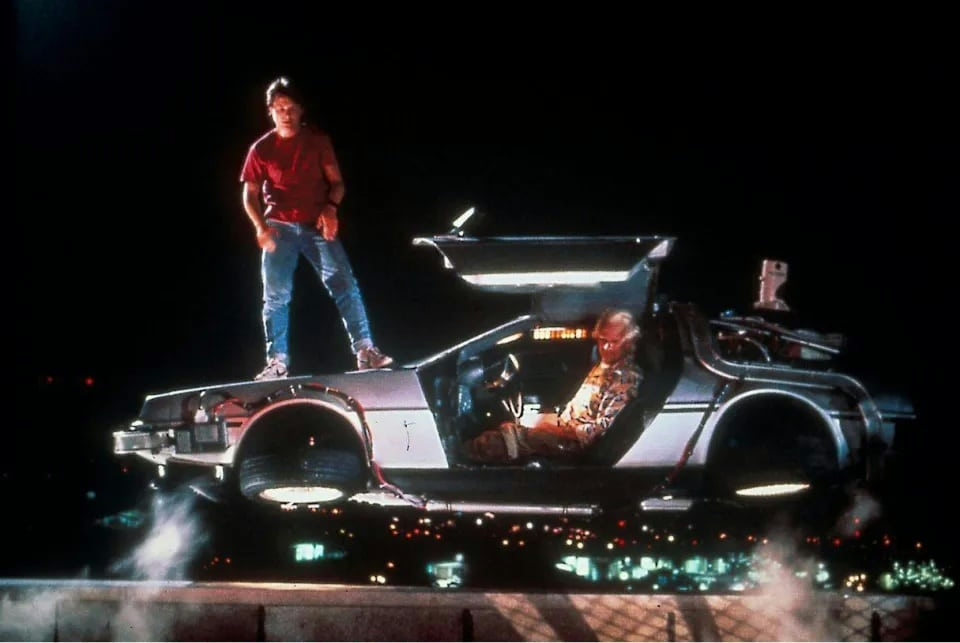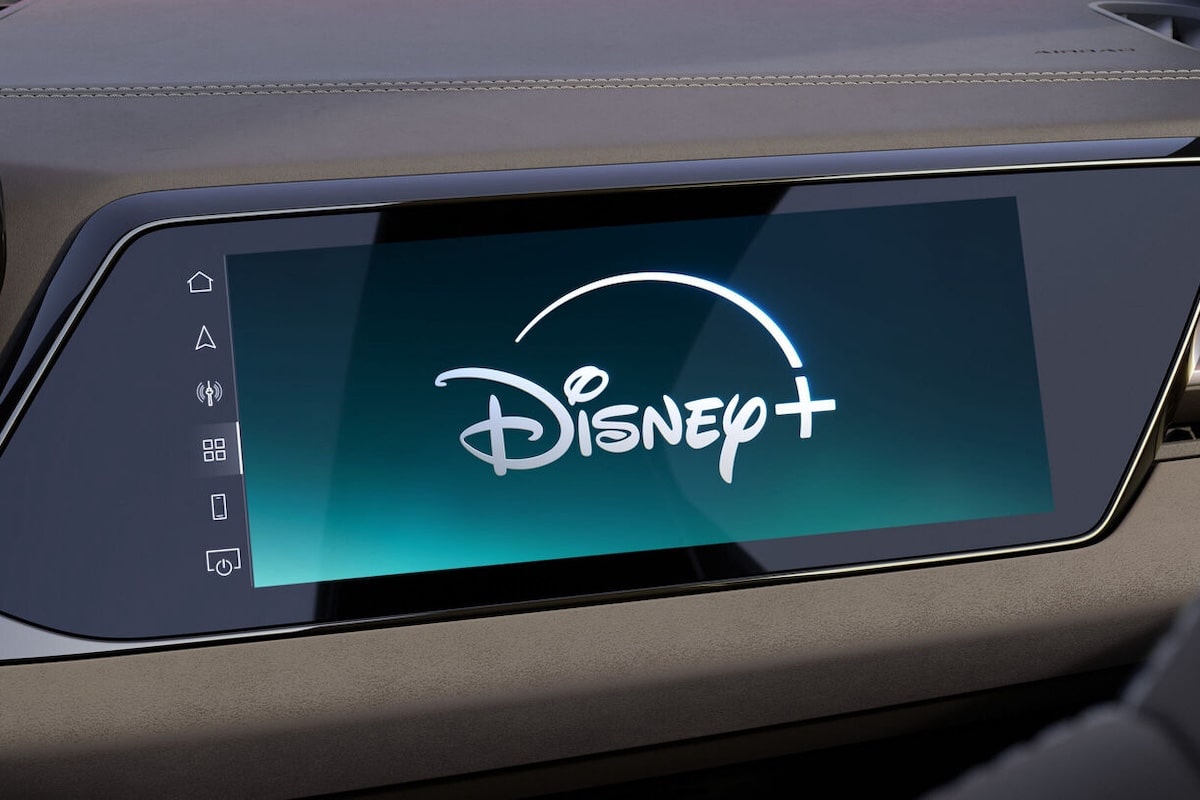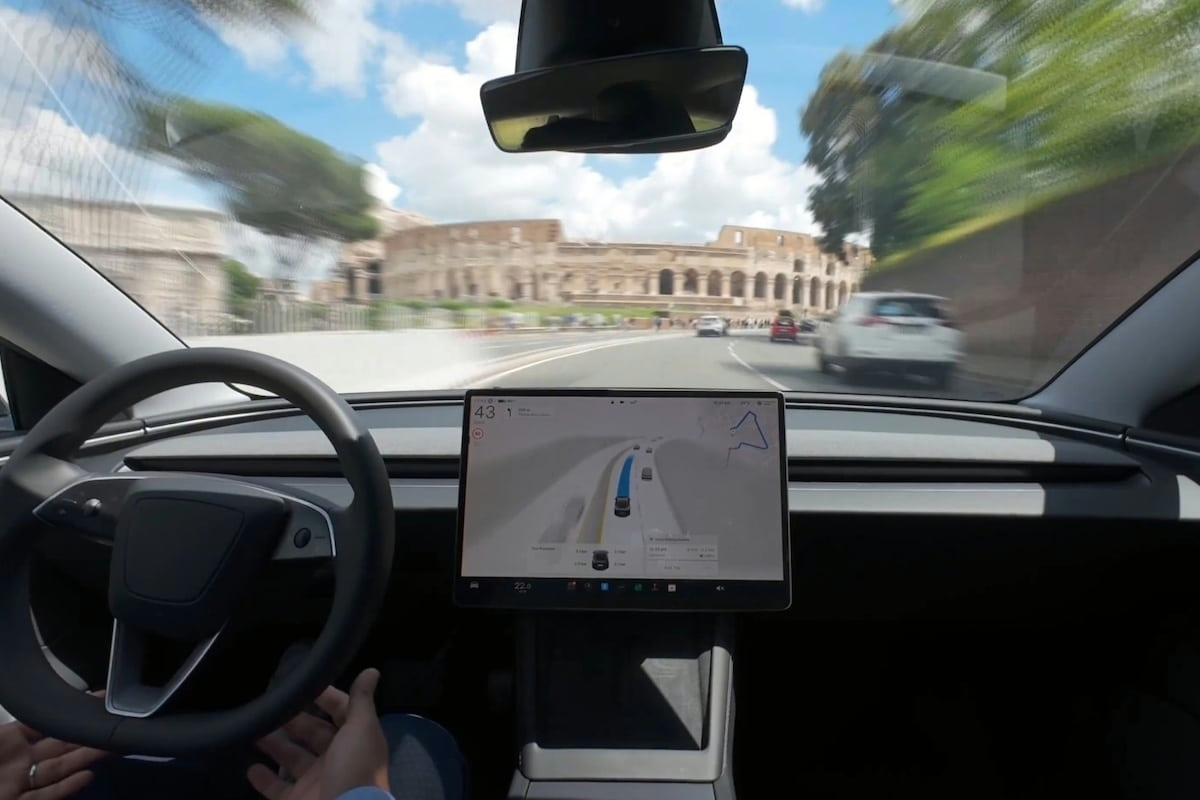Flying car or autonomous, cinema has totally missed the mark!

For decades, cinema has imagined the future of mobility. And when it comes to dreaming, it clearly prefers the skies to the road.
In films, from the iconic DeLorean in Back to the Future II to Bruce Willis’s yellow taxi in The Fifth Element, not to mention the flying Ford Anglia of the Weasley family in Harry Potter and the Chamber of Secrets, flying cars occupy the heights of both the sky… and the box office. Their advantage? They are spectacular, ideal for action scenes, and immediately readable on screen.
In contrast, the autonomous car has had a much harder time finding its place on the big screen. Too silent? Not cinematic enough? Yet, it is indeed present. As early as the 1980s, the series K2000 imagines KITT, a smart Pontiac capable of driving itself, analyzing situations, and even conversing. But despite its advanced autonomy, it is Michael Knight who spends most of his time… driving himself. As if cinema dared not completely relinquish the wheel.
The same observation is seen in I, Robot, where Will Smith regularly disables the autopilot to take control himself, despite a system that is supposed to be safer. In Minority Report, cars glide on their own along vertical lanes in smooth, fully automated traffic. But again, the hero tears himself away from this comfort to escape the system.
Even Star Wars doesn’t believe it
As for Star Wars, one might think that the ships and speeders are fully autonomous. But no, each device is piloted by a human, even though droids like R2-D2 can manage certain complex tasks or guide maneuvers. Even in the recent series Andor, there are no autonomous cars, but all types of vehicles do fly! Artificial intelligence is always present, useful, but never dominant.
Today, however, reality seems to be taking another turn. The autonomous car is becoming tangible, much faster than expected. Tesla is already delivering vehicles capable of moving without human intervention, and other manufacturers are following suit. It is AI, far more than gravity, that is revolutionizing our travels.
The flying car, on the other hand, remains on the ground. Too complex, too energy-consuming, not yet viable on a large scale. Hollywood may have won the image battle. But on the road, autonomy is asserting itself. Silently, but surely.
READ ALSO: Tesla obtains its autonomous taxi license
This page is translated from the original post "Voiture volante ou autonome, le cinéma s’est totalement planté !" in French.
We also suggestthese articles:
Also read






